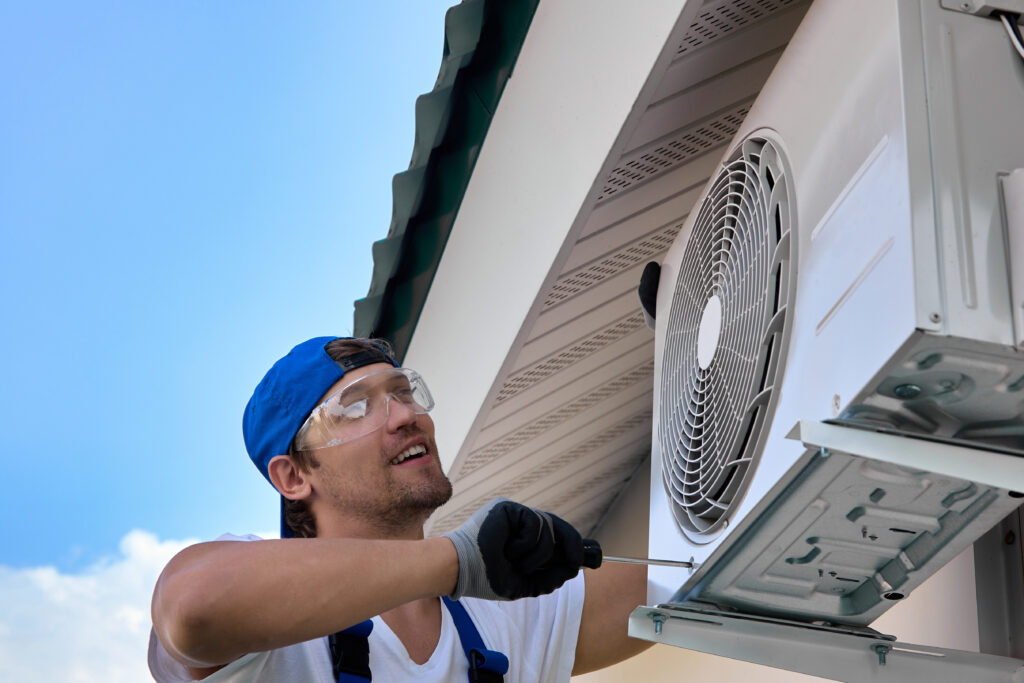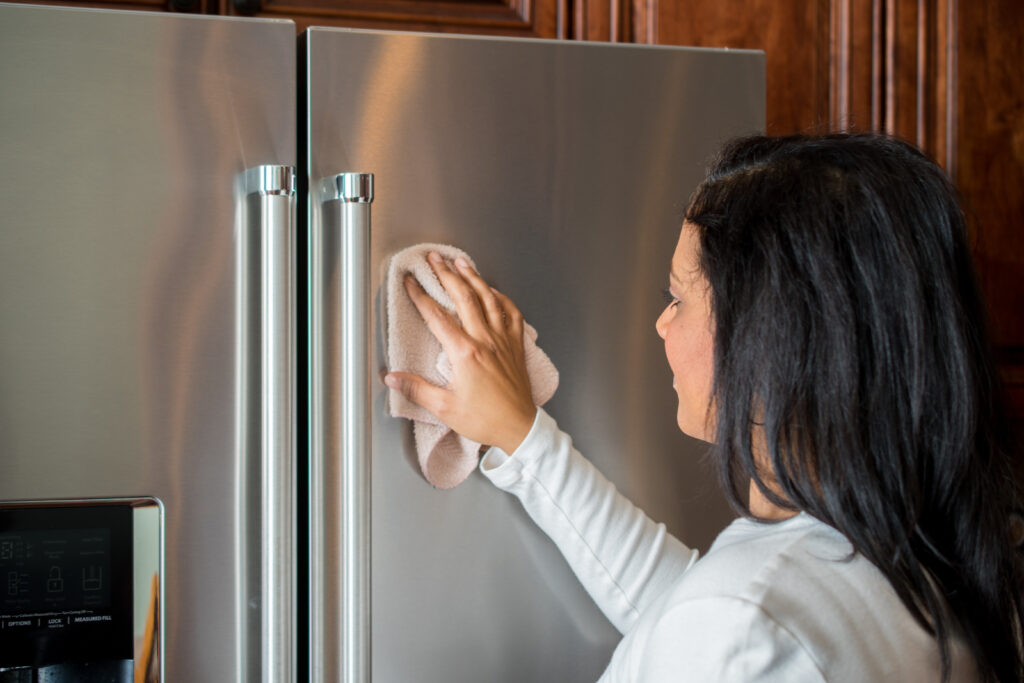What To Do When Your HVAC Freezes Over: A Homeowner’s Guide
So, it’s a sweltering summer day—or maybe we’re right in the middle of a chilly winter—and your HVAC system decides to call it quits. You walk by a vent or check the unit and realize it’s literally frozen over. Not just “figure of speech” cold, but actual ice kind of frozen. Cue the groaning. If you’ve ever found yourself frantically Googling why your HVAC is frozen and what you should do about it, you’re not alone. This is more common than you’d think, and while it’s annoying, it doesn’t have to mean the end of the world—or your wallet. Let’s dig into what’s going on with your HVAC when it “freezes over,” how grounding plays into it when dealing with home warranties, and what smart steps you can take to stay cool (or warm) and stress-free.
Understanding How Your HVAC System Works (So You Can Spot When It’s Acting Up)
Your HVAC system—short for Heating, Ventilation, and Air Conditioning—is the heart of your home’s comfort system. It cools you off in July, keeps you warm in January, and, let’s be real, it’s one of those workhorse systems we tend to ignore until it breaks. At a super basic level, when it’s in cooling mode, your HVAC uses refrigerant to extract heat from the air in your home. That warm indoor air is pulled in through a return vent, travels through the evaporator coil (that’s the cold part), the refrigerant absorbs the heat, and poof—cool air gets pushed back into your house. Hot air out, cool vibes in.
But when something doesn’t work properly—like low refrigerant levels or poor airflow—the evaporator coil can get too cold. Moisture in the air condenses on the coil and, because it’s overly chilled, that moisture freezes. And yep, the result is exactly what it sounds like: a big block of ice stopping your system in its tracks.
Why Does My HVAC Keep Freezing Over?
Great question, and sadly there isn’t always a single culprit. The most common reasons usually fall into one of three categories. One: low refrigerant. If your system has a refrigerant leak or a drop in pressure, the evaporator coil can’t absorb heat properly, and that invites frozen condensation. Two: poor airflow. Dirty filters, blocked vents, malfunctioning fans—you name it—restricting airflow means warm air doesn’t circulate over the coil and keeps the coil too cold. And three: thermostat or electrical component issues, which is where grounding problems start to creep into the conversation. More on that in a sec.
Honestly, frozen HVAC systems are sneaky. They sometimes work okay for a bit, then suddenly just straight-up quit. Or worse, they keep running inefficiently and drive up your energy bill. Knowing what to look out for saves time, money, and calls to repair techs at 2 a.m.
Grounded Components and Warranty Woes: How the Two Connect
Let’s talk electrical grounding. So, most HVAC systems rely on a network of sensors, motors, and controls that need reliable power—and safe exit routes for excess current. If there’s a grounding issue, meaning electricity isn’t properly redirected away from the components and back into the earth, you can end up with fried electrical parts. Fan motors, control boards, compressors—they’re all vulnerable. A grounding fault might not be the direct cause of ice on your coils, but it absolutely plays a role in system failure, and can limit or sometimes void warranty coverage if a warranty provider determines the issue is related to improper install or neglected maintenance.
And here’s the kicker: many home warranty providers are very specific about what types of failures they cover. If a technician writes up your HVAC issue as a “grounding fault” or resulting from a “lack of maintenance,” guess who’s footing the repair bill? Yep. You. That’s why understanding how grounding links into claims—and why you should read those fine-print exclusions—makes a huge difference in what’s covered and what’s not.
How to Spot and Prevent a Freeze-Up Before It Becomes a Flash-Frozen Disaster
If your HVAC is acting wonky—airflow feels weak, your system keeps cycling on and off, or you notice weird noises—don’t ignore it. If there’s visible frost or ice anywhere near the system, turn it off right away. Let it defrost (takes a few hours, faster if you switch the thermostat to “fan-only”). Then check your filter. Is it looking funky? Replace it. Next, double check that none of the vents are blocked and that nothing is sealing off the return air duct, like furniture or a pile of laundry (hey, it happens). You’ll also want to inspect your outdoor unit if you can and make sure the coils aren’t clogged with debris.
Pro tip: if this happens more than once, call in a licensed HVAC technician to inspect whether you’re dealing with refrigerant issues or duct problems. It’s totally okay to admit when a fix is out of DIY territory. Getting ahead of system breakdowns early saves stress. Also, keep a maintenance record. While it sounds a touch Type A, documentation helps if you ever file a home warranty claim. Seriously, a quick note of “filter changed, tech called, refrigerant topped off” can make the difference between claim approved or claim denied.
Home Warranty Providers and Their Love-Hate Relationship with HVAC Claims
Okay, let’s break this down. Homeowners turn to home warranties hoping they’ll cover surprise costly HVAC breakdowns—but not all providers treat HVAC issues equally. Frozen systems and grounded components can be treated as “maintenance” problems rather than “covered breakdowns,” depending on how the claim is submitted. If your system wasn’t cleaned, filters weren’t changed, or it had improper installation (read: poor grounding or reversed wiring), you might be on your own for repair costs.
What you want is a provider that gets it. That knows frozen coils and weird electrical fails are sometimes just part of home life—not always the result of homeowner neglect. That’s what makes a huge difference during claim processing. The best home warranty providers also work with reputable technicians who don’t just do a quick reset and leave; they handle the root cause to keep things on track.
When to Repair, and When to Replace Your HVAC Unit Altogether
This part’s always a little tricky. If your HVAC is over 12-15 years old and starts freezing up regularly, you could be throwing good money after bad. Repairs might cost a few hundred now, but they rack up quickly especially if compressors or blower motors start failing. If grounding issues have damaged electrical components too many times, replacement may be the safer (and more energy-efficient) option. You don’t have to rush into it, but definitely keep tabs on how often you call in service and what parts are being replaced. If major components are going more than once, it might be time to start researching new models—or check what your warranty covers replacement-wise.
Stay Cool with Armadillo—Your Home Warranty Wingman
Bottom line? HVAC freeze-ups are frustrating but manageable, especially when you know what to look for and how to communicate the issue when filing a home warranty claim. And if you’re navigating the maze of frozen coils and mysterious electrical gremlins, it’s a whole lot easier with a team that makes things simple. That’s kind of Armadillo’s whole vibe. We build real-world home warranty coverage that gets your stuff fixed without jumping through flaming hoops. Whether it’s your HVAC system or anything else keeping your home comfortable, Armadillo brings smart coverage, stress-free claims, and zero fine-print drama. If you’re ready for protection that actually makes sense for modern homeowners, skip the guesswork and build your plan here. Ice belongs in drinks—not on your HVAC coils.


























